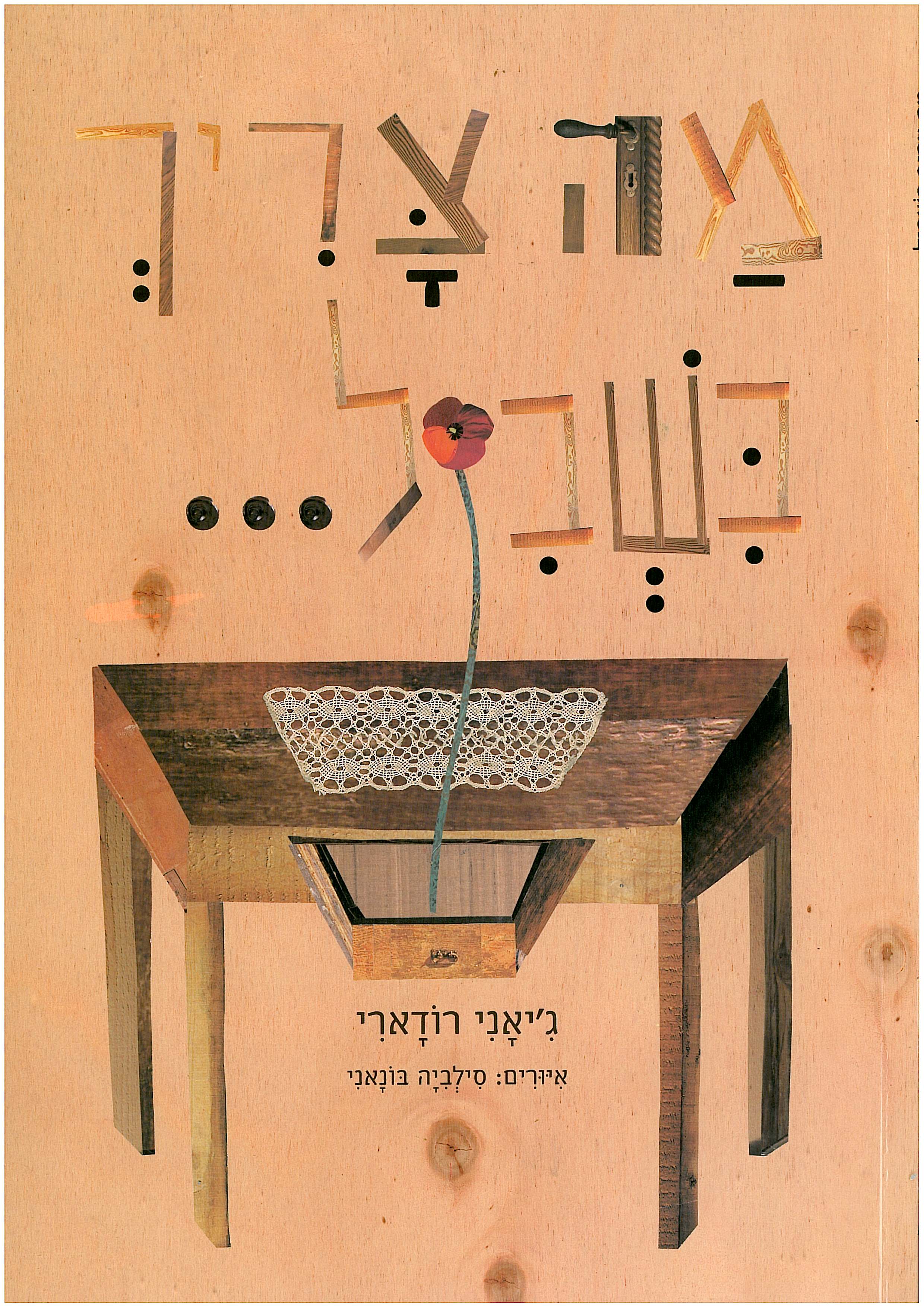בשביל לבנות שולחן צריך... פרח! הסיפור מזמין אותנו להאט את הקצב, להתבונן בפרטים, ולהרהר בקשרים בין הטבע ותהליך היצירה.
"שֶׁלֹּא חִסֵּר בָּעוֹלָמוֹ דָבָר, וּבָרָא בּוֹ בְּרִיּוֹת טוֹבוֹת וְאִילָנוֹת טוֹבִים לֵהָנוֹת בָּהֶם..." (מתוך ברכת האילנות)
בעידן המודרני אנחנו מוקפים בחפצים רבים, ולא תמיד שואלים את עצמנו מהו התהליך שהביא ליצירתם. ברכת האילנות, אותה נהוג לברך בתחילת האביב (בתחילת חודש ניסן) למראה עצי פרי פורחים, מזכירה לנו לעצור ולחשוב עד כמה אפילו דברים שנראה כי נוצרו ליופי בלבד, חיוניים לקיום העולם ומניעים תהליך מופלא של התחדשות ויצירה.
"ספריית פיג'מה" – בגן ובבית
"מה צריך בשביל...", הראשון בין 8 ספרי ספריית פיג'מה שיחולקו לילדים במהלך השנה, ממחיש את הערך של פליאה ויצירה. ספרים אחרים השנה עוסקים במגוון ערכים כגון חברות, משפחה, דאגה לחלש, כבוד השבת ועוד. לחצי כאן לרשימת כל הספרים שיחולקו השנה, וכאן לשלבי הכנה מומלצים לקריאת הספרים עם הילדים.
זו הזדמנות לחשוב על מקומם של ספרים בגן שלך. על סמך מה את מחליטה אלו ספרים לקרוא עם ילדי הגן ומתי? אלו ספרים נגישים לילדים לקריאה עצמאית בפינת הספר? האם ספרי ספריית פיג'מה שחולקו בשנים קודמות זמינים בגן? כיצד את מעודדת קריאה בין הורים וילדים בבית? אם בגן שלך לומדים ילדי עולים, כיצד את מקרבת את הספרים למשפחות שמתקשות בקריאה בעברית?
כדאי לשתף את הורי הגן ברציונל ובמטרות של ספריית פיג'מה. רצוי להנחות את ההורים לבקר באתר האינטרנט ובדף פייסבוק שלנו, שם ימצאו סרטונים אודות קריאה בגיל הרך ובחיק המשפחה, רשימת כל הספרים שיחולקו להם במהלך השנה, מאמרים וקישורים וכד'.
לאחר קריאה ועיסוק בספר עם הילדים בגן, רצוי לחשוב כיצד תבחרי לחלק את העותקים הביתה. מניסיוננו, לדרך בה את, הגננת, מתייחסת לתכנית ולעידוד קריאת הספרים בבית יש חשיבות רבה. כדאי לשקול צירוף מכתב אישי ממך יחד עם משלוח הספרים הביתה.
קריאה נעימה ושנה טובה מספריית פיג'מה!












